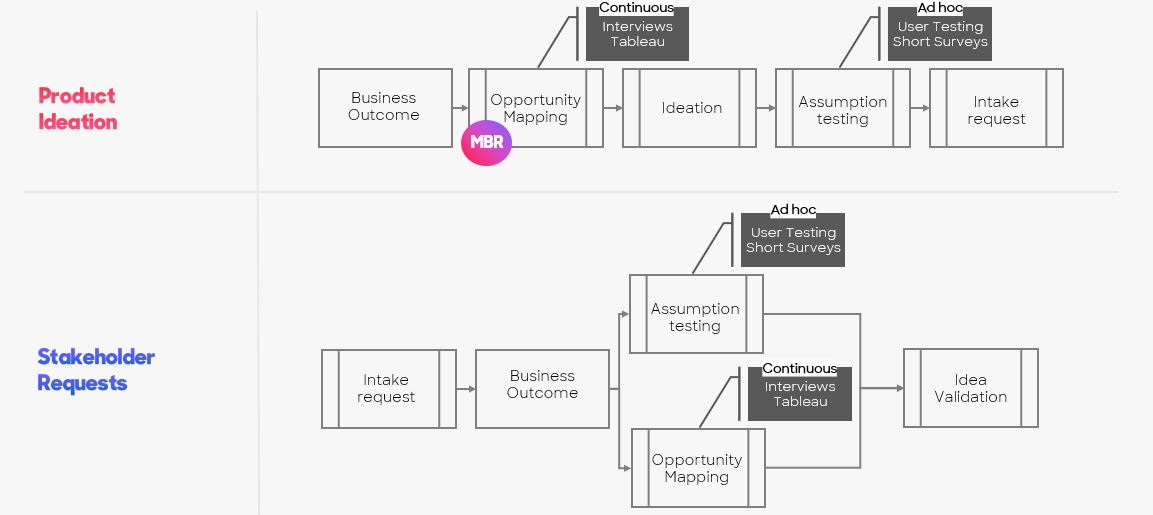Transforming Challenges into Opportunities
Using UX Research to Drive Strategy
In 2022, I joined SkyShowtime, a European streaming service offering a rich blend of content from major studios such as Paramount, Universal, DreamWorks, and Sky. Serving a diverse audience across more than 20 European markets, SkyShowtime provides a wide range of entertainment, including exclusive series, blockbuster movies, kids' programming, and documentaries.
As a Strategy Product Manager, my primary goal was to understand the localized needs of European markets and translate those into platform improvements. This role differed from my previous experiences, where I worked with cross-functional teams, including developers and designers, and was involved in the entire product development lifecycle. At SkyShowtime, my focus shifted to the discovery phase.
Another crucial difference was that, instead of building solutions for multiple propositions, I was now representing a single proposition within a solution designed to meet the goals of multiple companies. The challenge was to make the most of the autonomy I was given.
Rather than dwelling on what I couldn't do, I decided to focus on what I could achieve. SkyShowtime's core lies in its European markets, and to provide quality service, our leaders promoted a customer-centric approach combined with a data-driven mindset.
Drawing from my previous experiences, I conducted investigative work with internal stakeholders to understand their perspectives on our product organization and identify their pain points.
I found that while transparency and a unified prioritization process were needed, it was also challenging to bring the customer's needs—although a priority for everyone—into tangible results.
To address these challenges, I explored various design thinking and UX research techniques. After testing a few methods over several months, we implemented a modified version of Teresa Torres' Discovery Framework, incorporating elements of the Double Diamond approach.

We used the Double Diamond framework with internal stakeholders to involve them in the ideation phase and problem definition. This approach also helped them see the different ways to solve the same problem.
We visualized the outcomes of our sessions using an opportunity tree, where we could challenge solutions against business objectives to stay focused.
To ensure we kept the customer at the forefront, we implemented usability testing and continuous discovery interviews. These tools allowed us to build business cases for our problem definitions and validate the opportunities we identified with stakeholders.
While we still didn't own the technical solutions, applying this framework enabled us to better understand what truly drives value for our customers and use our resources more efficiently. It was a win for customer focus and a step toward fostering a product mindset within the organization.